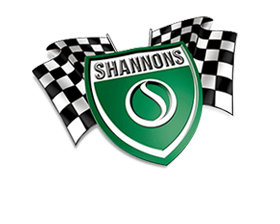Specifications
| Engine | V-8 4416cc |
|---|---|
| Gearbox | 3-speed auto |
| Body Work | Sedan |
| Colour | Bitter Apricot |
| Interior | Brown |
| Trim | Vinyl |
| Wheels | Steel Disc |
| Brakes | Disc/Drum |
Description
The Leyland P76 was produced by Leyland Australia, the Australian subsidiary of British Leyland. Featuring what was described at the time as the "standard Australian wheelbase of 111 inches, it was intended to provide the company with a genuine rival to large local models like the Ford Falcon, the Holden Kingswood, and the Chrysler Valiant. Launched in 1973, the P76 was nicknamed "the wedge", on account of its shape, with a large boot, able to easily hold a 44 gallon drum. Although station wagon and "Force 7" coupé versions were designed, these never went into mass production. The name of the P76 derived from the cars codename while in development (Project 76) The Rover SD1 (released in 1976) shared several engineering features with the P76 - including Macpherson strut front suspension, the aluminium V8 engine and a live rear axle. The shape was penned by Giovanni Michelotti. The entry-level P76 featured an enlarged 2623 cc version of the 6-cylinder engine from the smaller Austin Kimberley and Austin Tasman. The top-of-the-line aluminium alloy 4416 cc V8 unit was unique to the P76, and was a derivative of the ex-Buick V8 that was powering the Rover 3500. Leyland Australia cited a weight advantage approaching 500 lb (230 kg) for the P76, most of which was attributed to the lighter weight of the aluminium engine block when compared to the cast iron blocks (with bigger displacements) of the V8s from Chrysler, Holden and Ford. It was hoped that the weight advantage would feed through into superior fuel economy and extended tyre life. Nevertheless, the car was a full-size car in Australian terms, for which class leading boot/trunk capacity was claimed.Safety equipment preceded the forthcoming Australian Design Rules, and featured front discs as standard on all Models, recessed door handles and full-length side intrusion reinforcements on all doors. Transmissions for the car were all bought in from Borg-Warner Australia who were already also supplying transmissions to Ford and Chrysler. On offer were a combination of features which were advanced in this category in Australia at the time: rack and pinion steering, power-assisted disc brakes, McPherson strut front suspension, front hinged bonnet, Glued in Windscreen and concealed windscreen wipers; The P76 was potentially a superior car to its competitors and, had Leyland Australia been given time to develop the full P76 range, the model may well have succeeded in the Australian market.









